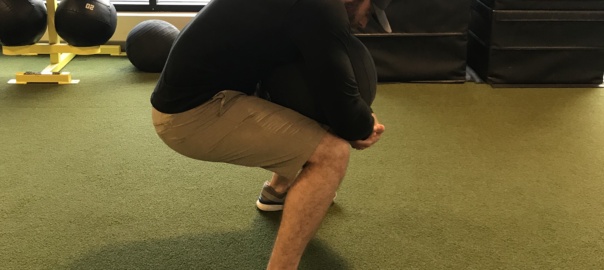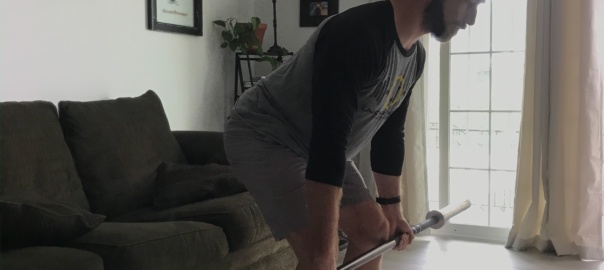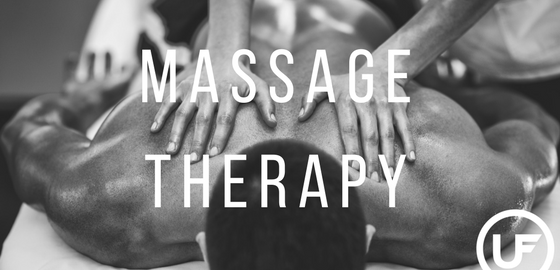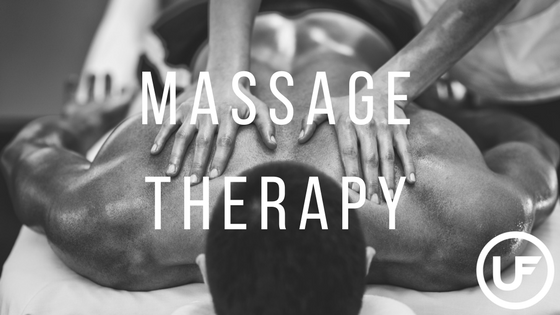Do you ever wake up from a night of sleep or a quarantine nap and swear your body secretly did a super intense workout? A lot of factors can contribute to your quality of sleep, but one somewhat simple solution could be due to your sleep position. Now of course, altering your position won’t help you fall asleep quicker or ensure a deeper sleep, but it will help your body feel better in the AM.
You’re probably wondering “what is this magical sleep position”? You might also be wondering how am I supposed to monitor this if I am asleep? The good news is that however you choose to sleep right now might be okay with only small adjustments. The bad news is that you can’t watch, you’ll have to pay someone to stay awake and splash water on you every time you move. Just kidding, thankfully.
So, here is the simple answer. The spine needs to remain neutral and what that means is that all three curves of your spine need to be aligned. This includes your cervical (neck), thoracic (mid back), and lumbar (low back hip area). With that said this does eliminate certain positions but still leaves you with probably your most favorite. Here’s a breakdown of a few tips:
Sleeping on your side: This position is one of the most popular and while it is good for pregnant women, it’s still a valid option for others as well.
The downfall: your upper leg will stay in hip adduction and internal rotation pulling the lumbar spine. Your bottom arm may also become numb which can lead to impingement. If sleeping on your side with your knees also bent in fetal it can cause shortened hip flexors which can affect the position of the pelvis.
The fix: place a pillow between your knees to prevent your top leg from pulling on your spine. A little bit trickier considering you are asleep, but try to rotate sides throughout the night or at least every night to avoid the same arm being on the bottom. Finally, stay on your side if you’d like, but try to keep your legs straight rather than bent.
Sleeping on your stomach: Also a comfortable position and may help ease snoring.
The downfall: Your head may be turned for breathing, your arm may be overhead, and the cervical and lumbar spine may be more elevated than the thoracic.
The fix: Sleep with your face flat down on a pillow by placing your forehead on the pillow allowing you to still breathe but better align your spine. You can also add a pillow under your stomach to raise that to a neutral position. It would also be beneficial to keep your arms by your side.
Sleeping on your back: The position commonly known as “the best”, but it still has its own advantages and disadvantages.
The downfall: It may aggravate low back pain or sleep apnea. Pregnant women should also avoid this position, at least towards the end. The positive side is that your spine is in a neutral position. There is not necessarily a fix given your spine is already neutral; however, if you suffer from sleep apnea or low back pain it may not be the best choice. When it is all said and done, the most important factor to keep in mind is that your spine remains neutral, no matter the sleep position you choose. It’s a nice treat to know that you still have the ability to choose a favorite way to sleep while also helping you feel much better when you wake. So, grab a few extra pillows and play around with the way you sleep. Your AM self will thank you. 🙂










